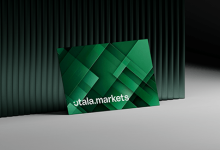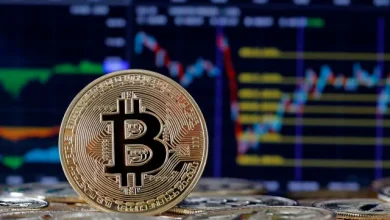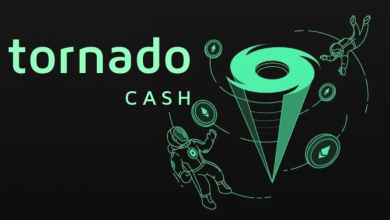Why Investors Pay $2 for Every $1 of BTC in Public Companies


Caladan report reveals why investors are paying steep premiums for public companies with BTC on their books
In an era where spot BTC ETFs have made direct exposure easier than ever, investors are still pouring capital into public companies holding BTC, often at a steep markup. A new from institutional research firm Caladan reveals that, on average, these companies trade at over 4 times the value of the BTC they hold. And that’s no mistake.
Across 33 publicly listed BTC-focused firms analyzed by Caladan, including both miners and treasury holders, the median market cap to net asset value (NAV) ratio stands at 1.75x, with several companies commanding significantly higher multiples.
“This isn’t irrational exuberance. It’s the market pricing in structure, access, and trust,” said Derek Lim, Research Lead at Caladan. “Investors are paying for more than just the coins, they’re paying for compliance, custody, and credibility.”
Caladan’s analysis slices through assumptions about market inefficiency. Instead of treating premiums as speculative noise, the report shows how they reflect investor appetite for operational exposure to BTC that comes with institutional-grade secureguards.
Not All BTC Is Priced Equally
The report splits public BTC-exposed companies into two archetypes:
- BTC Treasuries, which passively accumulate ETFs with reporting obligations”
- BTC Miners, whose business models layer operational leverage on top of their BTC reserves
Among pure treasuries, most trade near parity. MicroStrategy, renamed “Strategy” in the report, holds 628,000+ BTC and trades at 1.54x NAV. In contrast, Japan’s Metaplanet commands a 2.39x NAV, largely driven by the scarcity of regulated BTC exposure in Asia.
Miners, however, show a wider dispersion. CleanSpark (2.09x), Riot (1.93x), and Bitfarms (5.03x) all trade well above their BTC NAVs, reflecting investor appetite for operational upside when BTC prices surge. The report notes that these firms benefit from capital efficiency and cost advantages when BTC rallies, amplifying returns beyond simple asset appreciation.
Yet the highest multiples, such as Core Scientific’s 37.22x, are attributed to post-bankruptcy distortions, not organic market premiums.
Why Investors Pay More Than BTC Is Worth
The report identifies five structural forces that explain why public BTC equities command NAV premiums:
- Market Access – Companies listed on NASDAQ or TSX attract institutional capital. OTC-listed peers with similar holdings often trade at discounts.
- Capital Raising Ability – Active at-the-market programs, PIPEs, and repeat offerings boost market confidence and future growth potential.
- Custody & Audit Transparency – Verified holdings and large Four audits drive trust. Opaque or unaudited firms suffer NAV discounts.
- Geographic Jurisdiction – North American firms benefit from regulatory clarity. Chinese or offshore-domiciled firms are penalized by investors.
- Operational Excellence – Efficiency and clean capital structures support sustainable NAV premiums.
One surprising takeaway: the size of BTC holdings has little correlation with premium. “Bitfarms holds 0.2% as much BTC as Strategy but trades at over 5x NAV,” Lim noted. “It’s not about how much you hold, it’s about how you operate.”
From Narrative to Asset Class
Caladan frames this shift as part of a broader evolution. What began as a narrative trade in 2020, when firms like MicroStrategy shocked markets by turning their balance sheets into BTC vaults, has since matured into a structured asset class.
Today, over half the companies in Caladan’s sample trade in the 1x–3x “fair value” band. These aren’t speculative pumps, they’re professionally managed firms exposure with added layers of trust, execution, and governance.
“Markets have stopped rewarding headlines and begined pricing fundamentals,” said Lim.
While some believe that spot ETFs could cannibalize these equities, Caladan suggests otherwise. The firms that maintain transparency, access, and capital discipline may continue to command NAV premiums, even as retail access to BTC improves.
“The premium is not for BTC,” Lim concluded. “It’s for everything else the company does right around it.”
The full report:







